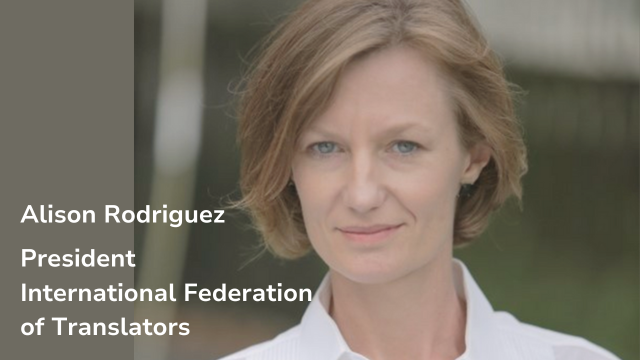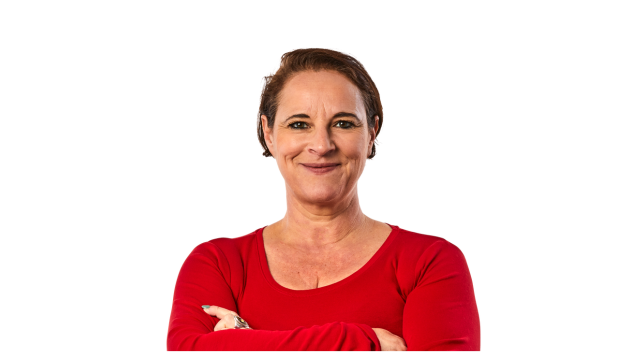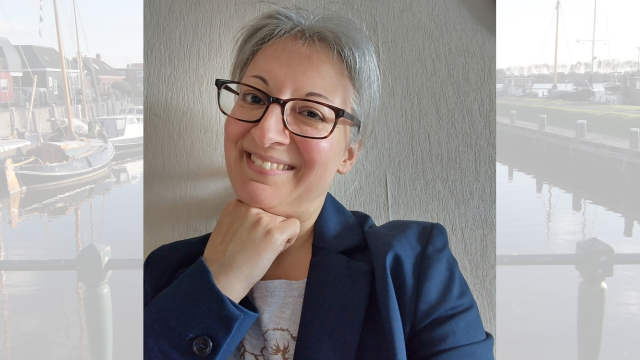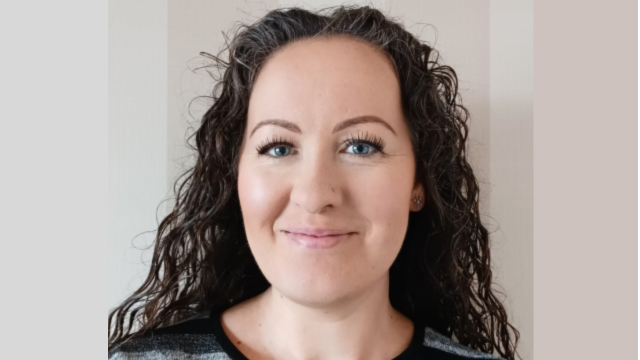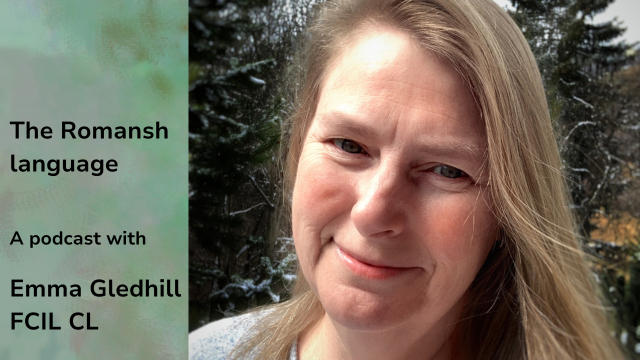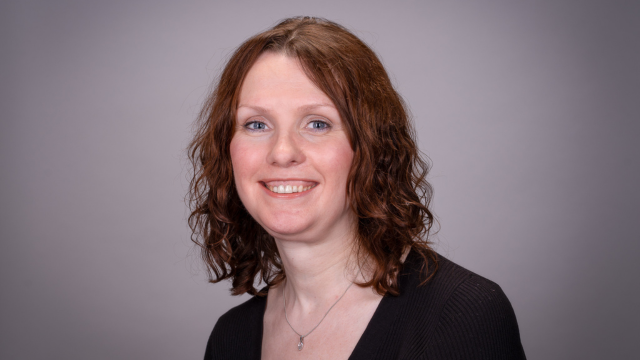-
QUALIFICATIONS
- For Linguists Worldwide
- For UK Public Services
- Preparation
- Policies & Regulation
-
MEMBERSHIP
- Join CIOL
- Membership grades
- NEW for Language Lovers
- Chartered Linguist
- Already a member?
- Professional conduct
- Business & Corporate Partners
-
ASSESSMENTS
- For Second Language Speakers
- English as a Second Language
-
TRAINING & EVENTS
- CPD, Webinars & Training
- Events & Networks
- CIOL Mentoring
-
NEWS & VOICES
- News & Voices
- CIOL eNews
- CIOL Awards
- The Linguist
- Jobs & Ads
-
RESOURCES
- For Translators & Interpreters
- For Universities & Students
- Standards & Norms
- CIOL & AI
- APPG
- In the UK
- UK Public Services
- Find-a-Linguist
Is Machine Translation replacing human translators?
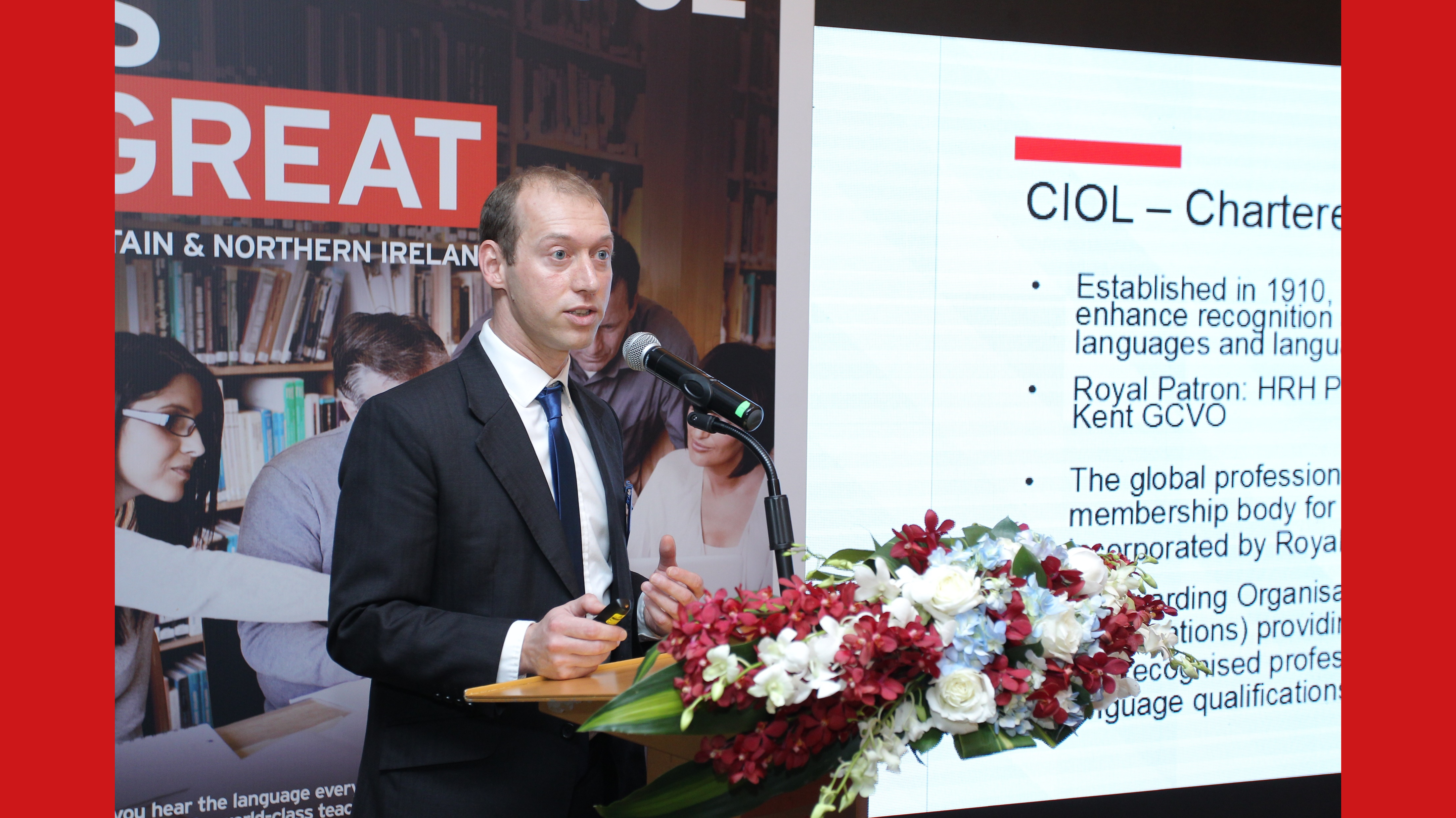
It’s an age-old question. Well maybe not age-old actually, but it has been a question since at least 1954, when the authors of a Georgetown–IBM Machine Translation demo – with an IBM701 mainframe computer, using a rules-based system and an operator punching Romanised Russian sentences onto cards – confidently predicted that Machine Translation (MT) would be solved within the next three to five years. No more language profession then…
Of course, that prediction proved well off the mark and rules-based MT was a flop. It was only after statistical machine translation was introduced in the 90s that, step by step, MT gradually started to produce better translations by analysing bilingual corpora.
While MT was still often considered a joke with the general public, within the language industry it started to be used for certain (dry) types of texts, usually then post-edited by human translators.
Translators will wince at the memory of receiving error-strewn and “clunky” machine translations and being asked to post-edit because it was “easier” for them and so should be cheaper for the client.
Sadly this can still happen today.
But it was with the third generation of MT, Neural MT, from around 2015 that more fluent translations (sometimes interspersed with “neurobabble”) started to appear.
Over the last few years as Neural systems have been refined, many providers have announced “human-parity” and this has been giddily picked up in the press. These claims don’t bear scrutiny, at least if by “human-parity” you mean parity with professional and qualified translators.
Nevertheless, to many people outside the language profession Machine Translation may feel solved. Google Translate is hugely popular: it translated – for free – 20 billion web pages in one month alone (April 2021).
But while nobody in the language industry would seriously proclaim MT to be solved today, it is now an integral and ever-increasing part of the translation workflow.
Translators starting their career will expect to work with all kinds of translation technology tools, including MT, helping to save them time when translating.
In fact, although the majority of CIOL members would have had an overwhelmingly negative view of MT in the past, the view on MT from the CIOL Translators and Technology survey from late 2021 was much more nuanced:
It is clear that MT is an important part of the translation “mix”, and the present and immediate future is “Augmented Translation”. This places the linguist at the heart of the process, making use of all the technology in sophisticated translation workflows:
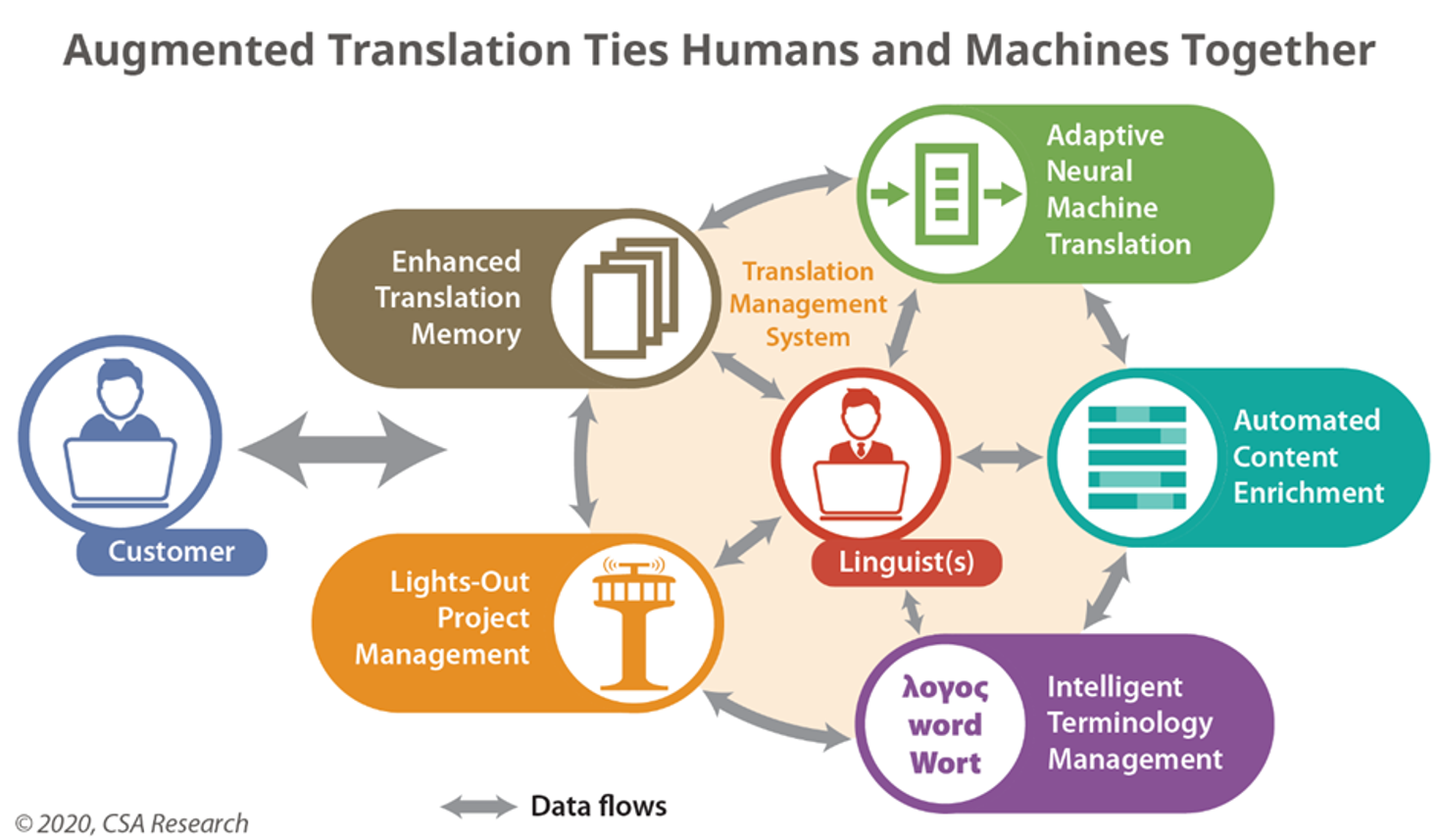
But what is next?
Is “Augmented Translation” just a short-term step before MT overtakes and replaces professional translators within err… checks notes… the (usual) next three to five years? For example, will MT ever be able to pass CIOLQ’s Diploma in Translation?
Or is the language profession safe, with the future of the language industry ever more sophisticated versions of “Augmented Translation”, with the linguists remaining at the heart, providing fluency, flair, context, cultural understanding and personality to translations?
Dom Hebblethwaite is the Head of Ventures for the Chartered Institute of Linguists.
For more on Dom see his profile here.
Views expressed on CIOL Voices are those of the writer and may not represent those of the wider membership or CIOL.
Filter by category
More
The Chartered Institute of Linguists (CIOL), Incorporated by Royal Charter, Registered in England and Wales Number RC 000808 and the IoL Educational Trust (IoLET), trading as CIOL Qualifications, Company limited by Guarantee, Registered in England and Wales Number 04297497 and Registered Charity Number 1090263.

